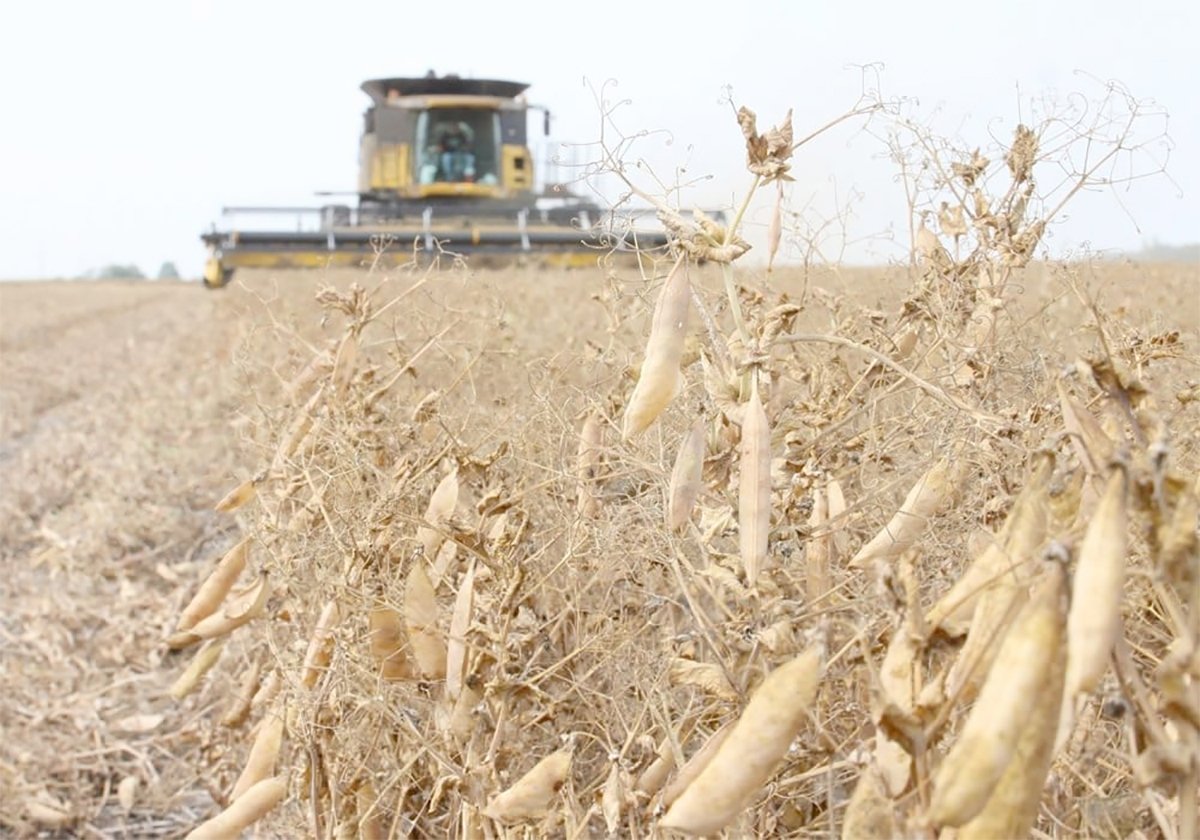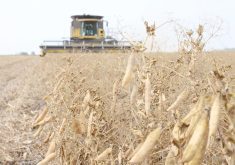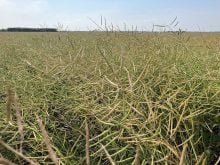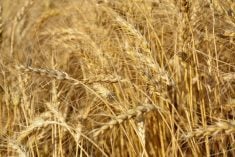Pregnant women and children should not eat fish caught in the Rafferty and Alameda reservoirs, the Saskatchewan environment department has warned.
High mercury levels found in fish caught in both reservoirs, in southeastern Saskatchewan, prompted the advisory.
Fish tested from Alameda had mercury levels between one and 1.5 parts per million and people are advised to eat only one meal of these fish every two weeks.
Fish samples from Rafferty contain levels between 0.5 and one ppm and no more than one meal of fish every week is recommended.
Read Also

Chinese, Indian tariffs take toll on pea prices
The disruption of pea exports from Canada’s largest customers will likely result in slow pea exports for the remainder of the crop year.
Environment minister Lorne Scott said the problem was anticipated. Whenever a water body is created by a dam, naturally occurring mercury leaches out of the soil, he said.
“For the first maybe up to 20 years the mercury is leaching out of the soil and gets into the water and of course is picked up by the micro-organisms and they in turn are eaten by the fish,” he said. “This was anticipated before Rafferty-Alameda was even built.”
The two dams were completed in 1992.
Signs have been posted along the reservoirs outlining the mercury levels and fish consumption recommendations. The fish are safe to eat as long as people follow the restrictions.
Warnings will remain in effect until levels drop below 0.5 ppm in all fish samples.
Saskatchewan Environment and Resource Management recognizes four levels of mercury in fish.
Fish with less than 0.5 ppm are safe to eat in unlimited quantities. Some restriction is placed on fish with mercury levels between 0.5 and one ppm, while greater restrictions are placed on those with one to 1.5 ppm. Fish with mercury levels greater than 1.5 should not be eaten at all.















